Nissan LEAF
Here you will find monthly and yearly Canadian, European and U.S. sales figures for the Nissan LEAF. The Nissan LEAF is a pioneering electric vehicle (EV) and holds a notable position in the history of modern electric cars. Introduced in 2010, it was one of the first mass-produced electric cars available globally.
Nissan LEAF Overview
The Nissan LEAF made its debut in 2010. The name “LEAF” is a backronym for “Leading Environmentally-friendly Affordable Family” car. At its launch, it was one of the very few pure electric vehicles available for mass-market consumers, putting Nissan ahead in the EV market race.
The LEAF’s design, especially in its first generation, was distinct, embodying certain design elements to make it stand out as an electric car, such as its unique headlamps designed to redirect airflow away from the side mirrors, reducing noise. It was equipped with features to enhance the EV experience, such as a specialized navigation system that indicated charging stations and range estimation.
Initially, the LEAF came with a 24 kWh lithium-ion battery pack, offering an EPA-rated range of 73 miles (117 km) for the 2011 model year. However, through continuous improvement over the years, the battery capacity and range have increased. Later models offered 30 kWh and 40 kWh options with a correspondingly increased range. The introduction of the LEAF e+ (or LEAF Plus) in 2019 further expanded the vehicle’s capabilities with a 62 kWh battery and a range exceeding 200 miles (322 km).
In 2017, Nissan introduced the second-generation LEAF, featuring a more conventional design, a longer range, and improved technology. This model aimed to appeal to a broader audience by appearing less like a specialized EV and more like a regular compact car, but with all the benefits of electric propulsion.
The current LEAF is powered by a 40-kWh battery pack that provides an EPA-estimated range of 149 miles. It is available with a choice of two electric motors, one that produces 147 horsepower and 236 lb-ft of torque, and another that produces 214 horsepower and 221 lb-ft of torque. The LEAF is available in two body styles: a hatchback and a sedan. It is also available in a variety of trim levels, including the base LEAF, the LEAF Plus, and the LEAF SL Plus.
Nissan LEAF Sales Figures
The Nissan LEAF has been sold in many markets worldwide, including North America, Europe, and Asia. The LEAF quickly became the world’s best-selling electric car for several years after its introduction, hitting multiple sales milestones faster than its competitors. It received various awards, recognizing its innovation and impact on the automotive industry. Its global presence has played a pivotal role in increasing the acceptance and adoption of electric vehicles.
Nissan LEAF U.S Sales Data & Charts
US Monthly Sales
| Year | Jan | Feb | Mar | Apr | May | Jun | Jul | Aug | Sep | Oct | Nov | Dec |
|---|---|---|---|---|---|---|---|---|---|---|---|---|
| 2010 | 0 | 0 | 0 | 0 | 0 | 0 | 0 | 0 | 0 | 0 | 0 | 19 |
| 2011 | 87 | 67 | 298 | 573 | 1,142 | 1,708 | 931 | 1,362 | 1,031 | 849 | 672 | 954 |
| 2012 | 676 | 956 | 579 | 370 | 510 | 535 | 395 | 685 | 984 | 1,579 | 1,539 | 1,489 |
| 2013 | 650 | 653 | 2,236 | 1,937 | 2,138 | 2,225 | 1,864 | 2,420 | 1,953 | 2,002 | 2,003 | 2,529 |
| 2014 | 1,252 | 1,425 | 2,507 | 2,088 | 3,117 | 2,347 | 3,019 | 3,186 | 2,881 | 2,589 | 2,687 | 3,102 |
| 2015 | 1,070 | 1,198 | 1,817 | 1,553 | 2,104 | 2,074 | 2,347 | 1,393 | 1,247 | 1,238 | 1,054 | 1,347 |
| 2016 | 755 | 930 | 1,246 | 787 | 979 | 1,096 | 1,063 | 1,066 | 1,316 | 1,412 | 1,457 | 1,899 |
| 2017 | 772 | 1,037 | 1,478 | 1,063 | 1,392 | 1,506 | 1,283 | 1,154 | 1,055 | 213 | 175 | 102 |
| 2018 | 150 | 895 | 1,500 | 1,171 | 1,576 | 1,367 | 1,149 | 1,315 | 1,563 | 1,234 | 1,128 | 1,667 |
| 2019 | 717 | 654 | 1,314 | 951 | 1,216 | 1,156 | 938 | 1,117 | 1,048 | 887 | 1,140 | 1,227 |
| 2020 | 636 | 823 | 499 | 189 | 420 | 441 | 672 | 597 | 647 | 1,566 | 1,280 | 1,789 |
| 2021 | 936 | 936 | 1,053 | 1,622 | 1,560 | 1,622 | 791 | 762 | 791 | 1,388 | 1,388 | 1,388 |
| 2022 | 1,399 | 1,399 | 1,574 | 1,111 | 1,070 | 1,070 | 420 | 436 | 420 | 1,042 | 1,001 | 1,084 |
| 2023 | 774 | 743 | 836 | 635 | 610 | 635 | 503 | 543 | 523 | 443 | 443 | 461 |
| 2024 | 376 | 376 | 391 | 625 | 650 | 650 | 1,485 | 1,663 | 1,366 | 1,075 | 1,262 | 1,308 |
| 2025 | 774 | 743 | 805 | 0 | 0 | 0 | 0 | 0 | 0 | 0 | 0 | 0 |
| ∑ = 11,024 | ∑ = 12,835 | ∑ = 18,133 | ∑ = 14,675 | ∑ = 18,484 | ∑ = 18,432 | ∑ = 16,860 | ∑ = 17,699 | ∑ = 16,825 | ∑ = 17,517 | ∑ = 17,229 | ∑ = 20,365 |

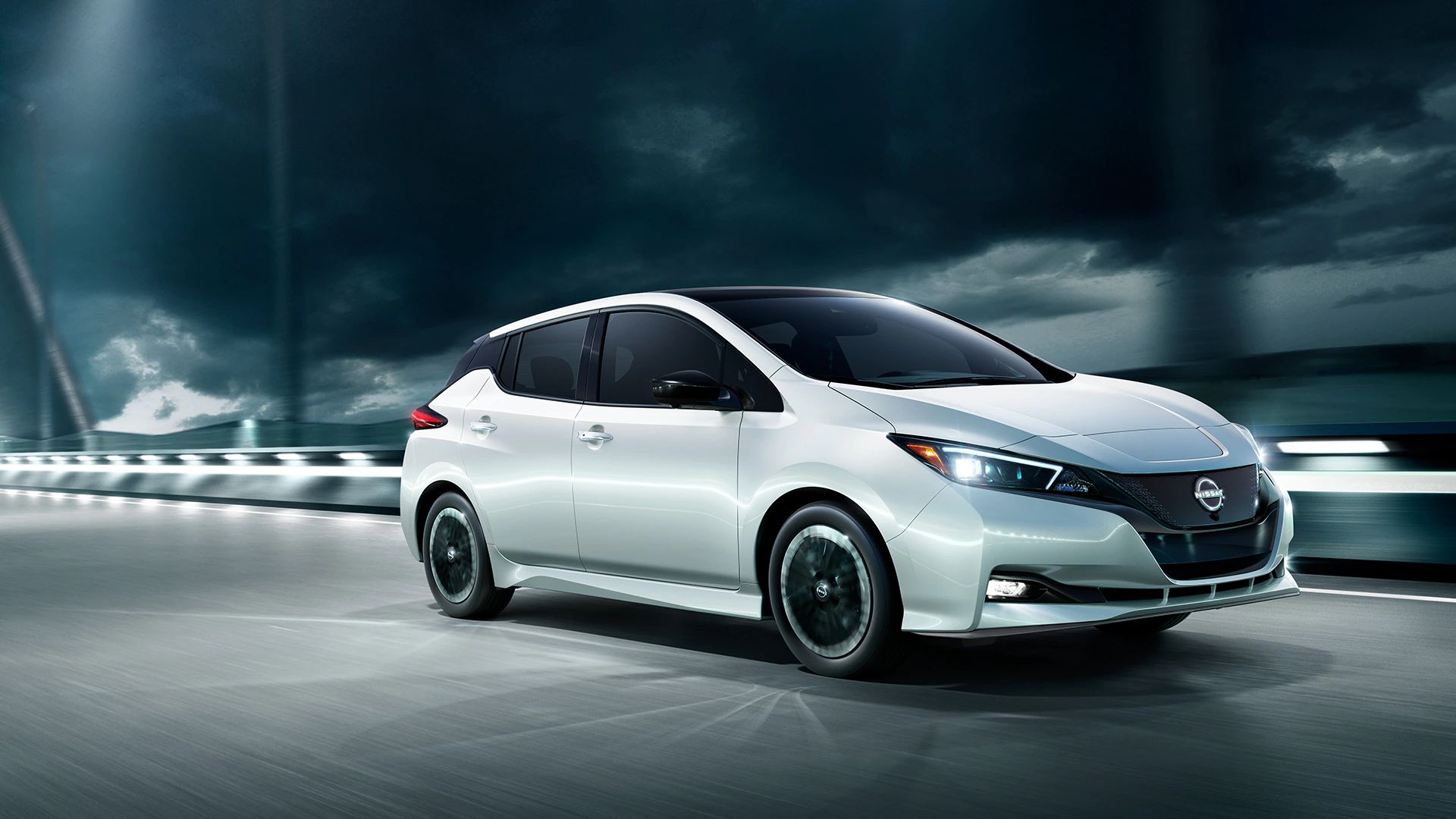


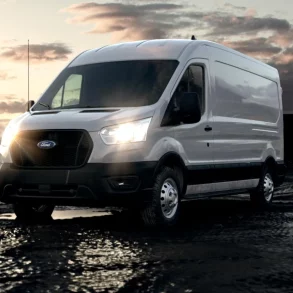
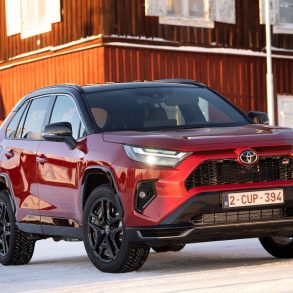

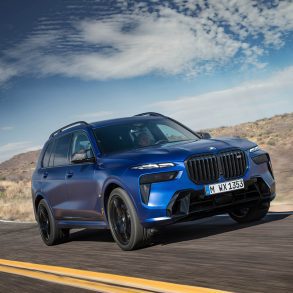
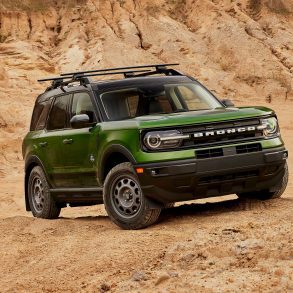

So how did the Leaf do?
510 sales in May, down 55% year-over-year, but up substantially from April's very poor result.